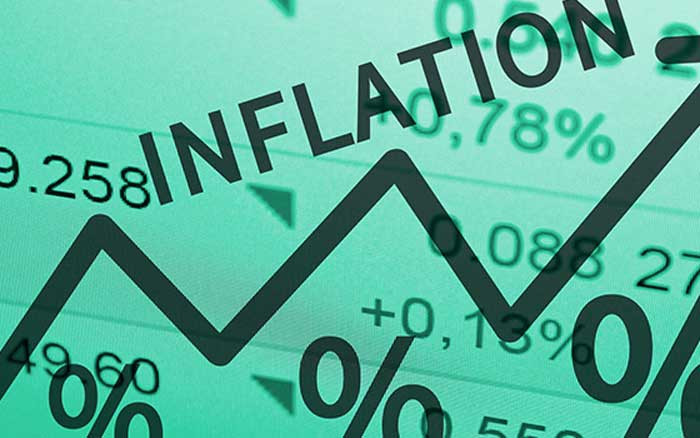
BY TATIRA ZWINOIRA
THE Confederation of Zimbabwe Industries (CZI) has projected that inflationary pressures will remain high in the country as elections draw closer and currency rate premiums keep widening.
The annual inflation for March was 87,6%, from 92,3% in February, while the month-on-month inflation was 0,1% last month from -1,6% in the comparative prior period.
This performance was motivated by the fast depreciation of the local currency against the green back, falling 4,16% and about 10% on the official and parallel forex markets, respectively. The reason behind this is an increase in supply of Zimbabwe dollars.
With elections drawing nearer, the government is under increased pressure to spend more money on social welfare owing to the depreciation of the local currency that continues to raise the cost of living.
“The current wave of exchange rate instability has the ability to derail inflation, including the blended one even though it mainly measures USD inflation,” CZI said in its new March 2023 inflation and currency report.
“The current wave is coming at a time of increased political activities due to the upcoming general elections. It is expected that the ZWL$ inflationary pressures are likely to persist over the short term.”
Currently, inflation rates are based on blended calculations to ascertain the monthly figures which are derived from both local currency and United States dollar pricing, with a heavy reliance on the latter.
- Mthuli Ncube abandons struggling consumers
- Fears of jobs carnage as crisis deepens
- Fresh warning over bank rate hikes
- In Conversation with Trevor: ‘Zim must invest in human capital’
Keep Reading
However, one of the biggest challenges of the blended inflation rate and why it greatly differs from the old system is that the Zimbabwe dollar remains the accounting currency and medium of exchange for pricing.
“Generally, the same basket of products is being used to measure food poverty lines consistently. While these do not represent the whole basket measured by inflation, they at least help indicate the rate at which the general prices have been increasing,” CZI said.
“A look at the trends since November 2021 shows that the total consumption line (TCL) inflation and the annual inflation are closely related. Specifically, annual inflation was on average about 17,6 percentage points lower than the TCL inflation, or about 89,8% of the actual value of the TCL inflation.
“Based on the TCL inflation level of 206,7% for March 2023, the actual ZWL$ (Zimbabwe dollar) inflation for Zimbabwe in March could have been anywhere between 185% and 189%. This means that controlling the ZWL$ inflation is still a battle far from being won by the authorities.”
The Reserve Bank of Zimbabwe governor John Mangudya admitted at CZI’s 2022 Manufacturing Sector Survey launch held on April 6 that inflation is felt and not on paper.
Mangudya said the widening exchange premiums mostly on the parallel market were as a result of early tobacco sales revenue going towards loans taken out by farmers to grow the crop, a process that resulted in an increase in the local currency money supply.
He added that formal sector players also operate in the informal sector since they have access to forex.
“The tobacco SMEs (small and medium enterprises), cotton SMEs, gold SMEs, artisanal miners, and the money from the diaspora, those are cash cows of the economy and therefore you need to understand that,” Mangudya said.
“So, when you see a spike in the past two to three weeks, it was because the supply of that foreign currency was not high as it is supposed to be because people are expecting that supply side will increase with foreign currency mainly from tobacco.”
He said the exchange rate was a supply and demand side issue whereby, an excess amount of local currency in this economy chases foreign currency.







